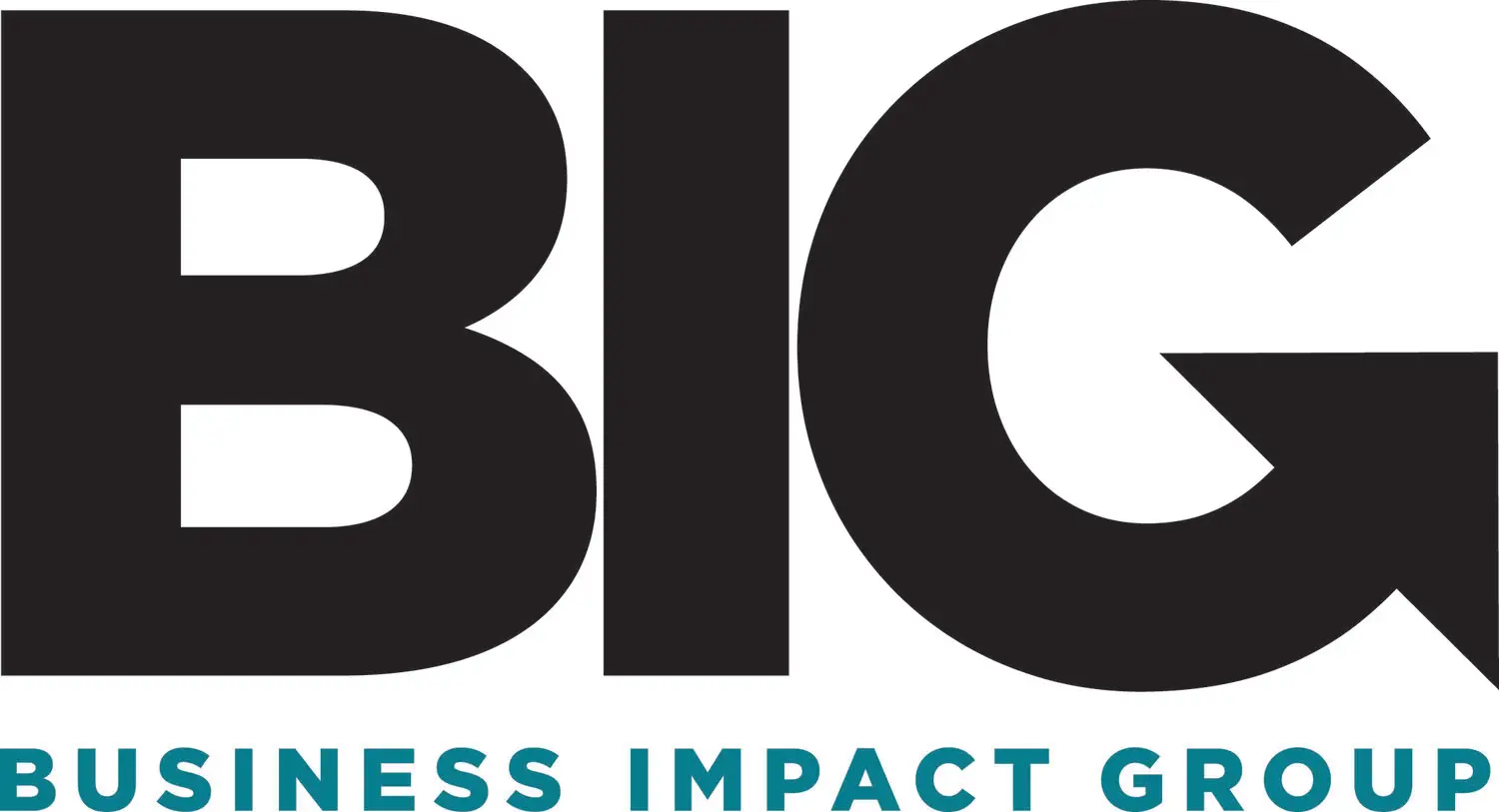Business development is a critical component of any successful networking event, serving as the backbone that connects individuals and organizations with mutual interests and goals. At its core, business development encompasses the strategies and activities that drive growth, foster relationships, and create opportunities for collaboration. Networking events provide a unique platform for professionals to engage with potential partners, clients, and industry leaders, allowing them to showcase their expertise and explore synergies that can lead to fruitful business relationships.
The dynamic nature of these events encourages participants to step outside their comfort zones, engage in meaningful conversations, and cultivate connections that can significantly impact their business trajectories. Moreover, the importance of business development in networking events extends beyond mere introductions; it involves the strategic alignment of interests and the identification of shared objectives. When individuals come together in a networking setting, they bring diverse perspectives and experiences that can lead to innovative solutions and partnerships.
By focusing on business development, participants can effectively leverage these interactions to identify new markets, enhance their service offerings, and ultimately drive revenue growth. The collaborative spirit fostered in networking events not only enriches individual careers but also contributes to the overall vitality of industries and communities, making business development an essential focus for anyone looking to maximize their networking efforts.
Key Takeaways
- Business development in networking events is crucial for expanding your professional network and creating new opportunities for your business.
- Setting clear goals and objectives for networking events helps you focus on what you want to achieve and ensures that your efforts are targeted and effective.
- Identifying key contacts and target companies allows you to prioritize your interactions and make the most of your time at networking events.
- Leveraging social media and technology can help you connect with potential contacts before, during, and after networking events, maximizing your networking efforts.
- Creating a memorable elevator pitch is essential for making a strong first impression and effectively communicating your value proposition to potential contacts.
- Following up and maintaining relationships after networking events is key to nurturing connections and turning them into valuable business opportunities.
- Measuring and evaluating the success of business development in networking events allows you to assess the impact of your efforts and make informed decisions for future networking strategies.
Setting Clear Goals and Objectives for Networking Events
Establishing clear goals and objectives is paramount for maximizing the effectiveness of networking events. Before attending an event, professionals should take the time to reflect on what they hope to achieve. This could range from generating leads and finding potential clients to seeking mentorship or exploring partnership opportunities.
By defining specific outcomes, individuals can tailor their approach to align with their objectives, ensuring that every interaction is purposeful and directed toward achieving their desired results. For instance, if a participant aims to expand their client base, they might prioritize conversations with individuals who represent target industries or companies that align with their services. In addition to personal goals, it is equally important to consider the broader objectives of the organization or group represented at the event.
Aligning individual goals with organizational aspirations can create a cohesive strategy that enhances the overall impact of networking efforts. This alignment not only strengthens the individual’s position within the organization but also fosters a sense of collective purpose among team members. By setting clear goals and objectives, participants can navigate networking events with confidence, ensuring that they make meaningful connections that contribute to both personal and organizational growth.
Identifying Key Contacts and Target Companies

Identifying key contacts and target companies is a crucial step in preparing for networking events. A strategic approach involves conducting thorough research on attendees, speakers, and exhibitors prior to the event. This preparation allows participants to pinpoint individuals who align with their business goals and values.
By understanding the backgrounds and interests of potential contacts, professionals can engage in more meaningful conversations that resonate with their audience. For example, if a participant is seeking partnerships in technology innovation, they might focus on connecting with representatives from tech firms or industry thought leaders who are known for their contributions to advancements in the field. Furthermore, targeting specific companies can enhance the effectiveness of networking efforts.
By creating a list of desired organizations based on industry relevance or market potential, participants can prioritize their interactions during the event. This targeted approach not only streamlines the networking process but also increases the likelihood of establishing valuable connections that can lead to future collaborations or business opportunities. Ultimately, identifying key contacts and target companies empowers professionals to navigate networking events with intention and purpose, maximizing their chances of success.
Leveraging Social Media and Technology for Networking Events
In today’s digital age, leveraging social media and technology has become an integral part of successful networking strategies. Platforms such as LinkedIn, Twitter, and Facebook provide valuable tools for professionals to connect with others before, during, and after networking events. By utilizing these platforms effectively, individuals can research attendees, engage in pre-event discussions, and even schedule meetings in advance.
This proactive approach not only enhances visibility but also establishes a foundation for meaningful interactions at the event itself. For instance, sharing insights or relevant content related to the event topic can position individuals as thought leaders within their networks, attracting like-minded professionals who are eager to connect. Additionally, technology plays a vital role in facilitating real-time engagement during networking events.
Mobile applications designed for event management often include features such as attendee lists, messaging capabilities, and session schedules that allow participants to stay organized and connected throughout the event. By embracing these technological advancements, professionals can enhance their networking experience by efficiently managing their time and interactions. Furthermore, post-event follow-up can be streamlined through social media platforms, enabling individuals to maintain connections and continue conversations initiated during the event.
In essence, leveraging social media and technology not only amplifies networking efforts but also fosters a sense of community among participants.
Creating a Memorable Elevator Pitch
Crafting a memorable elevator pitch is essential for making a lasting impression during networking events. An effective elevator pitch succinctly conveys who you are, what you do, and what sets you apart from others in your field—all within a brief timeframe. The key to a successful pitch lies in its ability to engage listeners while clearly articulating your value proposition.
To achieve this, individuals should focus on highlighting their unique skills or experiences that resonate with their target audience. For example, instead of simply stating one’s job title or company name, incorporating a compelling story or statistic can capture attention and spark interest in further conversation. Moreover, practicing the delivery of an elevator pitch is equally important as its content.
A confident and enthusiastic presentation can significantly enhance its impact. Participants should aim to convey authenticity while maintaining eye contact and using appropriate body language to reinforce their message. Additionally, being adaptable is crucial; tailoring the pitch based on the audience’s interests or industry context can create a more personalized connection.
Ultimately, a well-crafted elevator pitch serves as a powerful tool for initiating conversations and establishing rapport with potential contacts at networking events.
Following Up and Maintaining Relationships After Networking Events

The Importance of Follow-Up in Networking
The follow-up process after networking events is often where many professionals falter; however, it is one of the most critical aspects of building lasting relationships. Following up promptly after an event demonstrates professionalism and reinforces the connections made during those interactions. Sending personalized messages—whether through email or social media—can help solidify the relationship by referencing specific conversations or shared interests discussed at the event.
Building Lasting Relationships Through Ongoing Engagement
This thoughtful approach not only shows genuine interest but also keeps you top-of-mind for future opportunities or collaborations. Maintaining relationships over time requires ongoing effort and engagement beyond initial follow-ups. Regularly checking in with contacts through updates about your work or sharing relevant articles can keep the lines of communication open.
Nurturing Connections for Long-Term Benefits
Additionally, attending subsequent events together or inviting contacts to participate in webinars or workshops can further strengthen these relationships. By nurturing connections over time, professionals can create a robust network that provides support, resources, and opportunities for collaboration long after the initial networking event has concluded.
Measuring and Evaluating the Success of Business Development in Networking Events
Measuring and evaluating the success of business development efforts at networking events is essential for continuous improvement and strategic planning. Establishing key performance indicators (KPIs) prior to attending an event allows participants to assess their outcomes effectively. These KPIs may include metrics such as the number of new contacts made, follow-up meetings scheduled, or leads generated as a direct result of interactions at the event.
By tracking these metrics over time, professionals can gain valuable insights into what strategies are working well and where adjustments may be needed. Furthermore, qualitative feedback should also be considered when evaluating success. Reflecting on personal experiences during the event—such as the quality of conversations had or the relevance of connections made—can provide deeper insights into the overall effectiveness of networking efforts.
Gathering feedback from peers or colleagues who attended alongside you can also offer different perspectives on what worked well or what could be improved for future events. Ultimately, measuring success through both quantitative metrics and qualitative reflections enables professionals to refine their networking strategies continually, ensuring that each event contributes meaningfully to their business development goals.
For professionals looking to enhance their business development strategies at networking events, understanding the nuances of professional networking is crucial. An insightful article that complements this topic is “The Power of Professional Networking,” which delves into the significance of building and maintaining industry relationships. This resource offers valuable information on how to effectively exchange information, advice, and opportunities to advance your career. You can read more about these strategies and their impact by visiting The Power of Professional Networking. This article is a great supplement for anyone interested in maximizing their engagement at networking events and fostering meaningful professional connections.
FAQs
What is business development in networking events?
Business development in networking events refers to the process of building and maintaining relationships with potential clients, partners, and other professionals in order to grow a business. It involves attending events such as conferences, trade shows, and industry meetups to connect with others and promote the business.
Why is it important to integrate business development in networking events?
Integrating business development in networking events is important because it allows businesses to expand their network, generate leads, and build brand awareness. It also provides opportunities to learn from industry peers, stay updated on market trends, and potentially form strategic partnerships.
What are some strategies for integrating business development in networking events?
Some strategies for integrating business development in networking events include setting clear goals for the event, researching and targeting specific attendees, preparing an elevator pitch, actively engaging in conversations, and following up with new contacts after the event. It’s also important to be genuine and build relationships rather than just focusing on making sales.
How can businesses measure the success of integrating business development in networking events?
Businesses can measure the success of integrating business development in networking events by tracking metrics such as the number of new contacts made, the quality of connections established, the number of leads generated, and the eventual conversion of those leads into clients or partnerships. Additionally, feedback from attendees and the overall impact on business growth can also be used to measure success.





